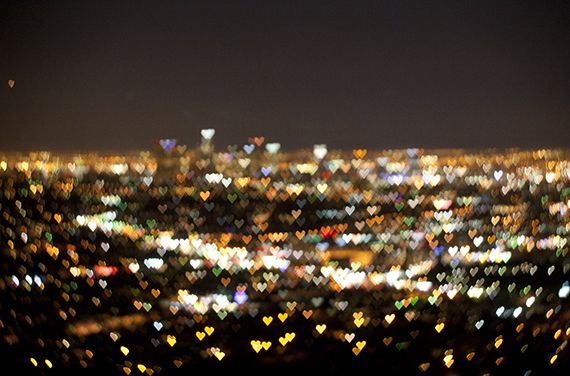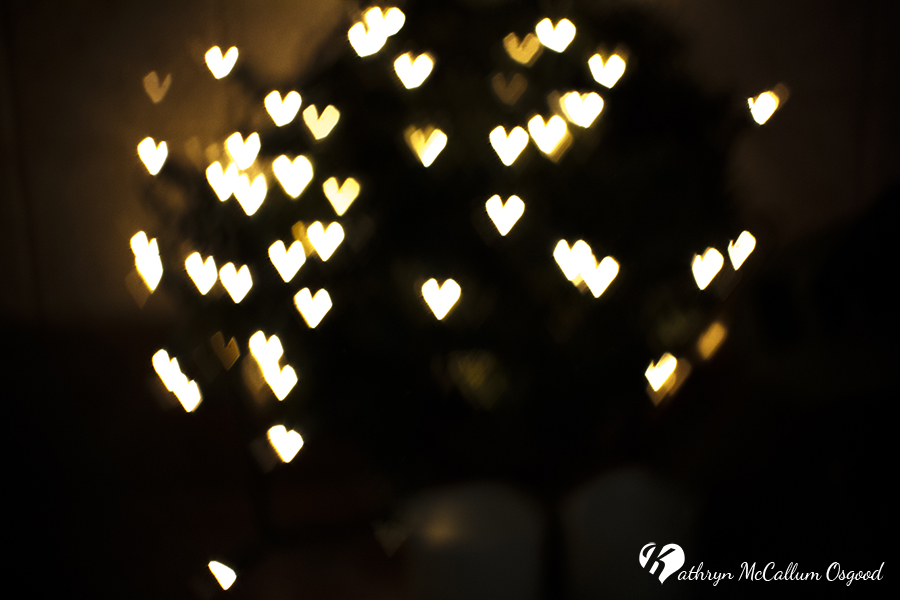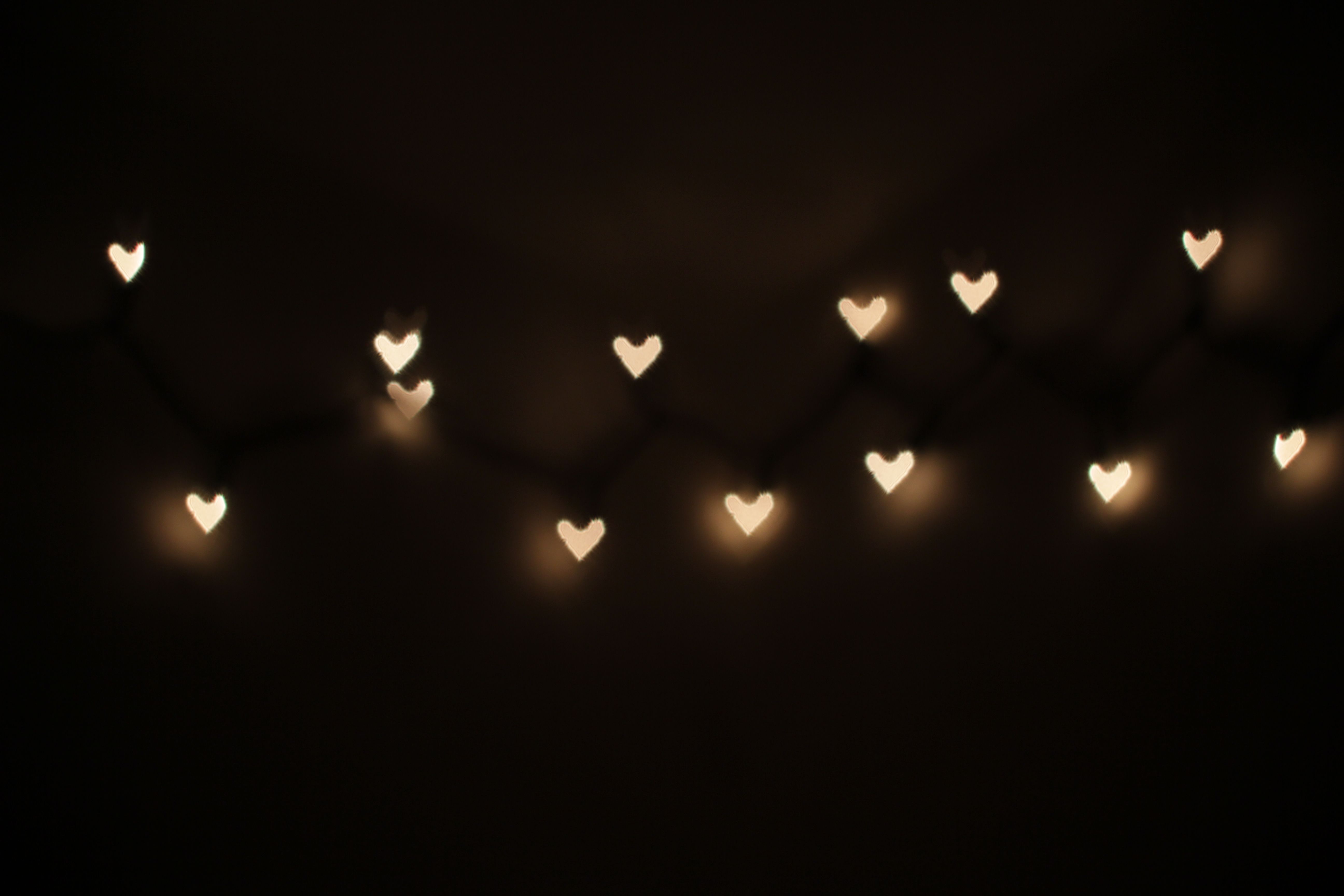


Once the camera is active and Portrait mode is engaged, you have the option of tapping a button to switch to the front-facing camera. On newer models of iPhone like the iPhone 13, there is even more that can be done with Portrait mode. Once you find the one that you want, you simply have to tap “Done” to save the lighting profile to your image. When editing a photo, you have the option of changing lighting effects by swiping left or right through the available lighting profiles.

You can even change lighting profiles even after a photo has been taken.
#Heart bokeh lens software#
In addition to the “Natural Light” option that serves as a default for Portrait mode, you can choose other options such as “Studio Light,” “Contour Light,” “Stage Light” and “Stage Light Mono ” the software will adjust how it processes your image based on your selection to try and get the best overall picture out of the conditions you’re taking pictures under. This lets you choose the lighting profile that works best for the subject and setting. Portrait mode allows you to select multiple lighting profiles when taking pictures. There are several perks to Portrait mode that can make it very appealing to photographers. One of the most impressive aspects of Portrait mode is the ability to create an iPhone bokeh effect and adjust it even after the picture is taken, but it’s not the only use for Portrait mode. Once you select the amount of bokeh that you want, click the “Done” to save the photo to reflect the adjusted bokeh blur. Most iPhone models allow for f-values between f1.4 and f16, though some may feature different amounts of depth of field manipulation. Likewise, increasing the f value over f4.5 will make the effect more subtle. By moving the slider you can increase or decrease the f-value of your aperture, which in turn will decrease or increase the amount of blur that’s present in your photo.Īs you take the f-value lower, you’ll see more blur appear in the background of your pic. The default value should be f4.5, which is an indication of the aperture or f-stop of the bokeh blur. The slider presented by the “Depth” option is used to adjust the intensity of the bokeh effect. This opens up a slider that will allow you to modify the bokeh effects, making it as subtle or as defined as you’d like. Open the photo and locate the option for “Depth” in your editing options. The magic of capturing the bokeh effect on your iPhone will generate after you’ve taken the picture.

You can select different lighting profiles, and once you have one that you want, simply snap a photo. You’ll see an option appear as “Natural Light” or “Depth Effect” depending on the model of your phone this is an indication that the setting is in effect. Once your subject is set and engaged with Portrait mode, wait for a moment while the software identifies them. For most iPhone models, you can use Portrait mode with people, pets and even inanimate objects, though some models may be functionally limited to taking photos of just people. The camera instinctively zooms in and frames a portrait of what you are intending to capture. This mode uses advanced technology to focus on the apparent subject of your focus. The iPhone bokeh effect can be captured on newer models of iPhones thanks to Apple’s new feature of Portrait mode. With advanced iPhone camera technology and software, these effects are now a lot easier to pull off on a mobile device. Photographers can make bokeh effects by the use of focus in-camera or by using an editing tool like Photoshop to blur the background. If done correctly, the iPhone bokeh effect can create some stunning pictures that are the core focus of your photo.Ĭreating bokeh effects can be achieved in a few different ways depending on the tools that you’re working with. You’ve probably seen this effect before and at some point may even have used it yourself. It’s not just a general blur, however bokeh blur features unique soft light reflections that adds a playful flare to the quality of the picture. The bokeh effect is when a person or other object in the foreground is in focus while the background is blurry. This filter used to involve photo editing software, however now it’s available instantly with your iPhone camera. One that is particularly striking with an iPhone is the bokeh effect.
#Heart bokeh lens professional#
Some of which produce surprisingly professional results.With the advent of multiple cameras on modern iPhones, there are now more options available for photographers when it comes to creating complex effects. There are numerous filters and effects available for photographers who are using an iPhone camera.


 0 kommentar(er)
0 kommentar(er)
